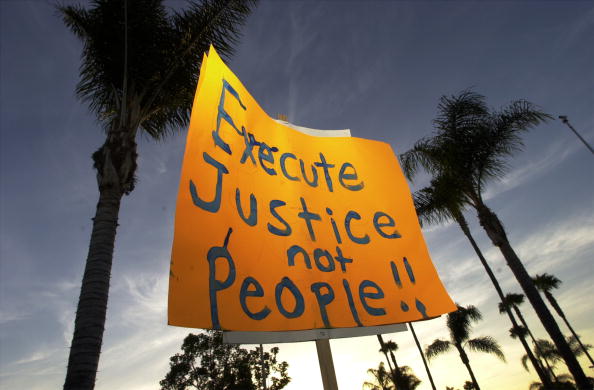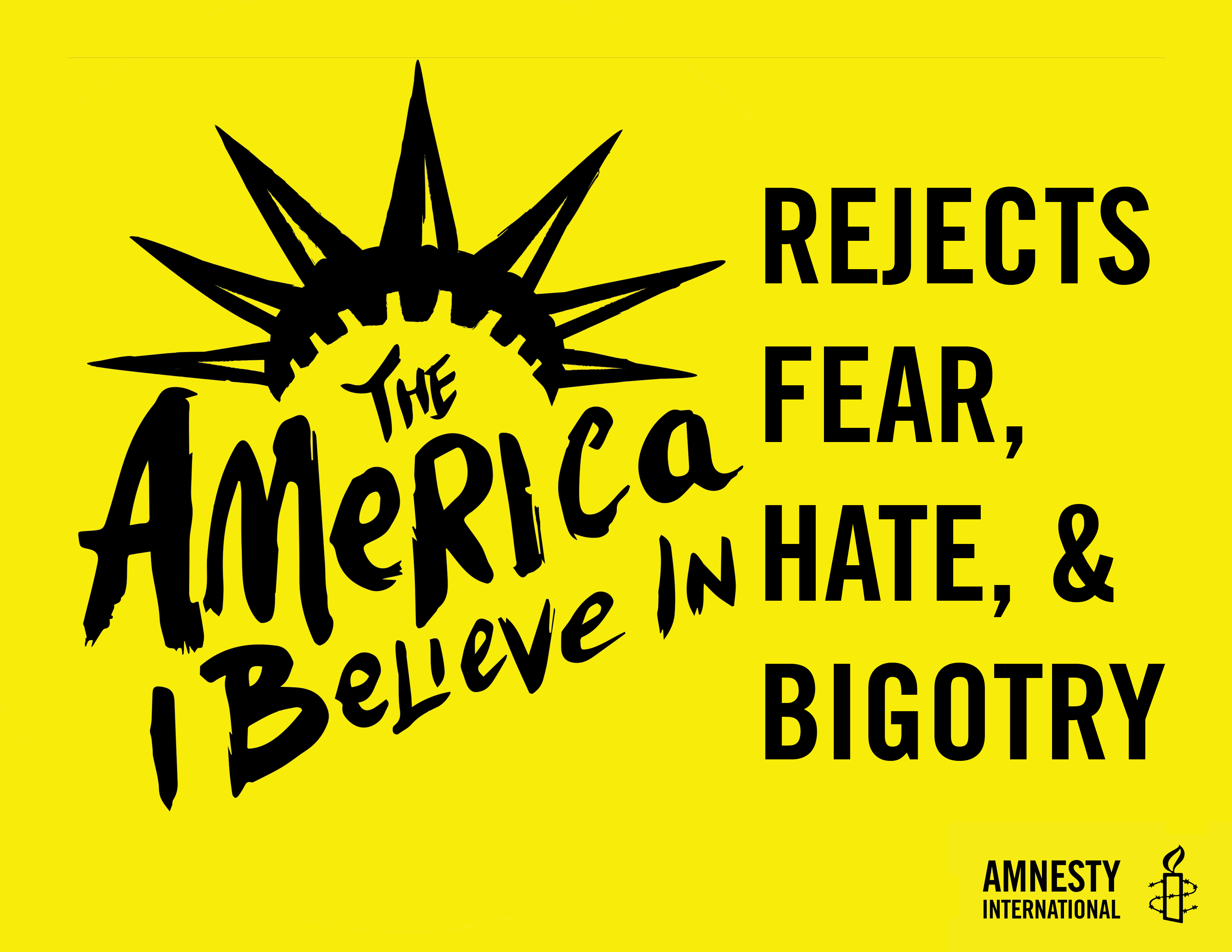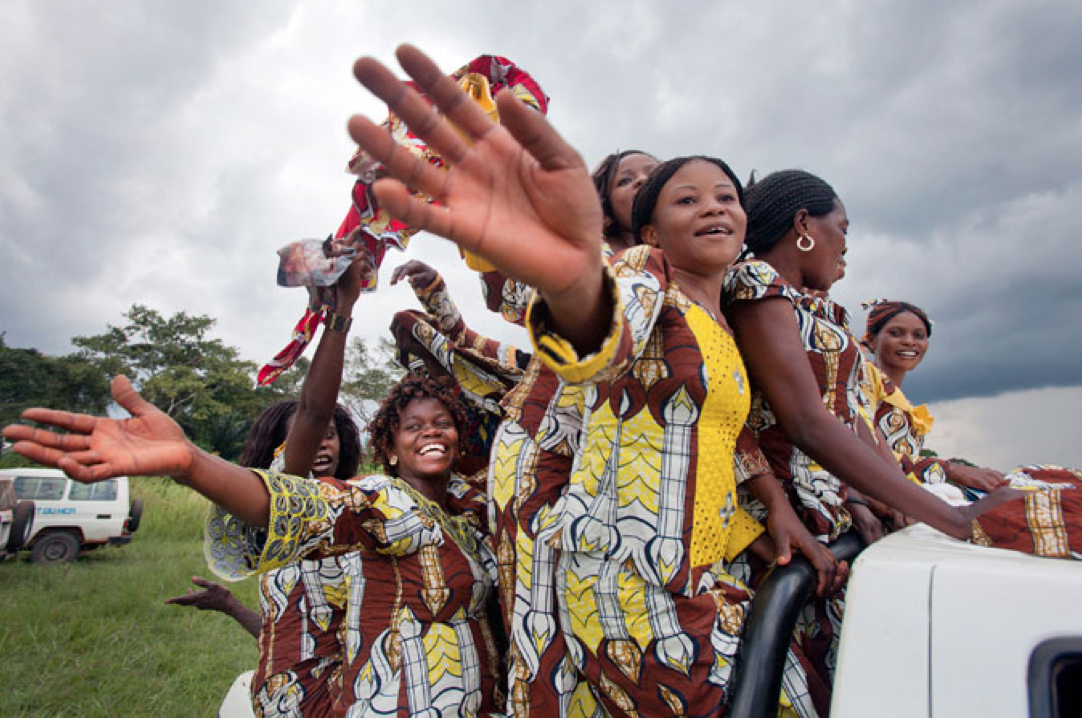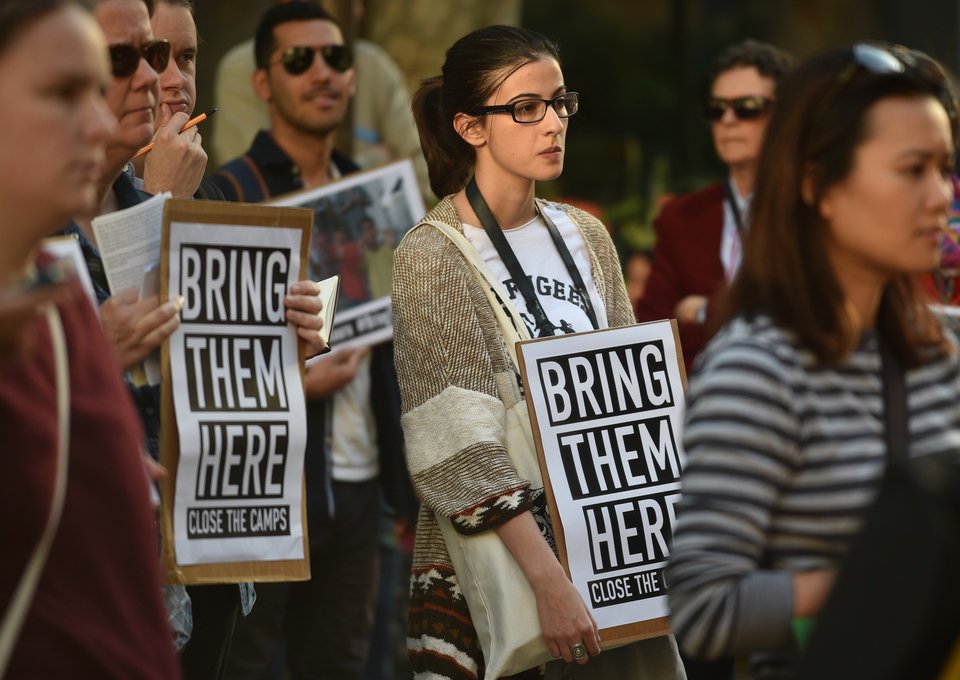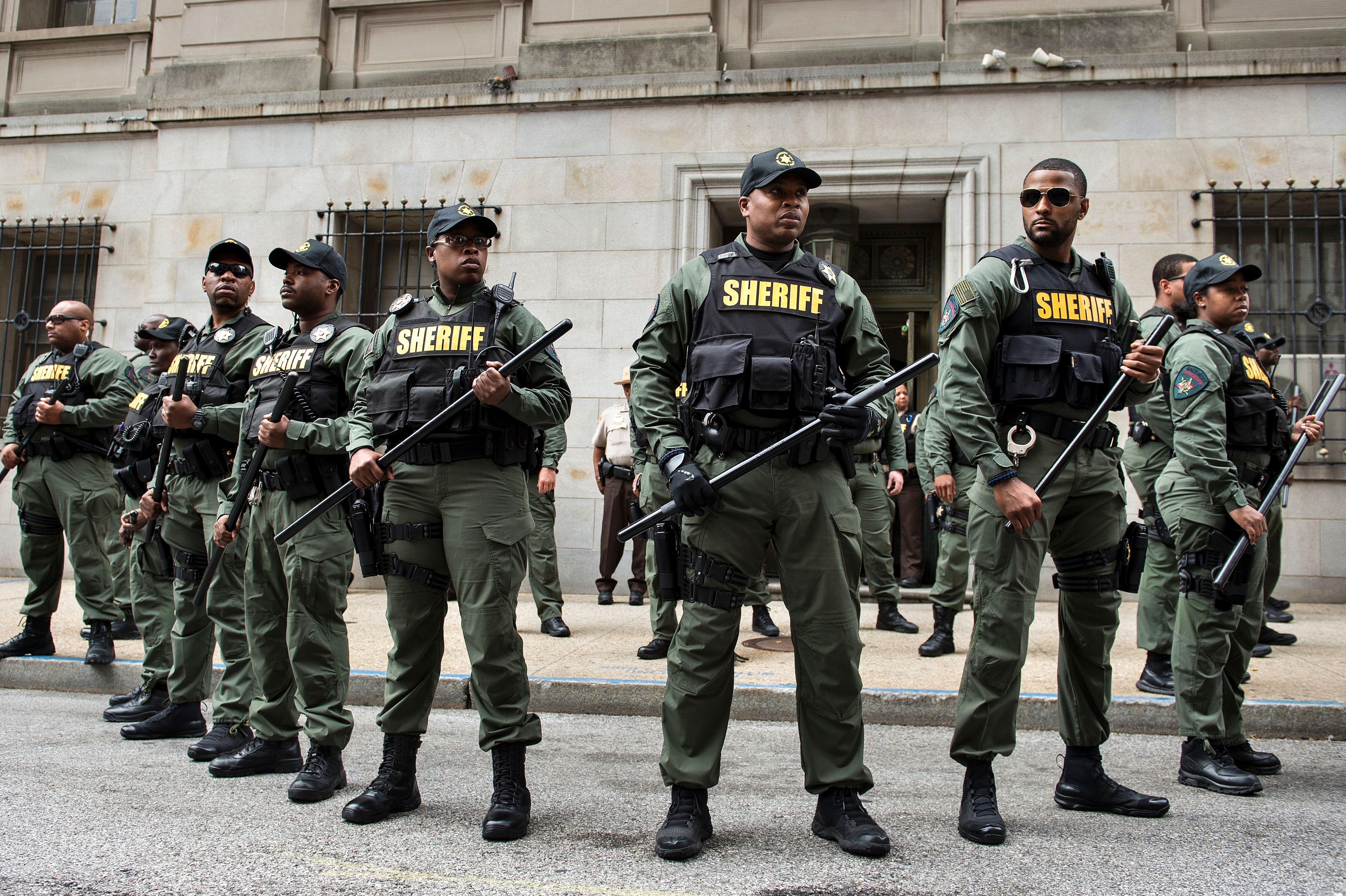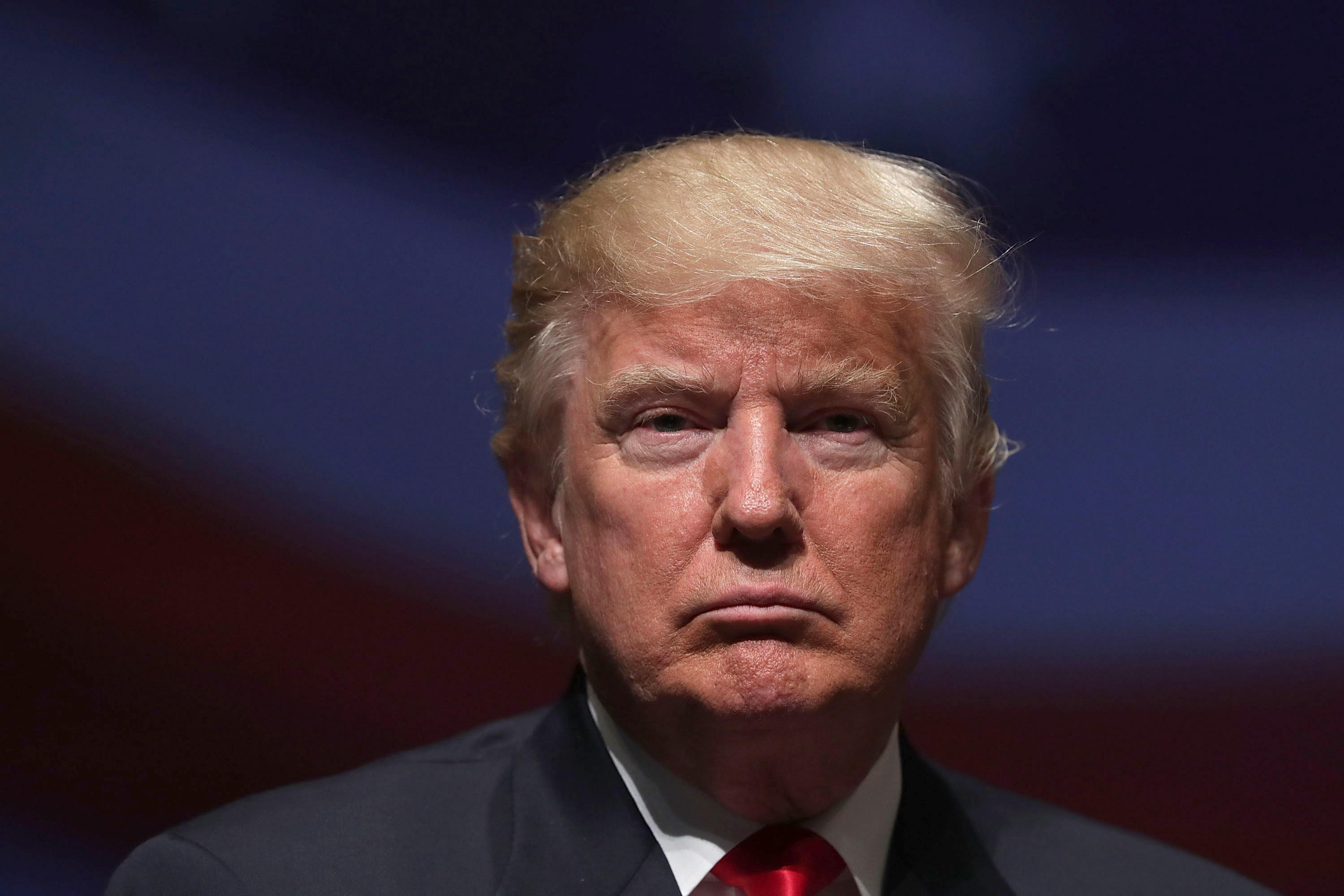
VIRGINIA BEACH, VA – SEPTEMBER 06: Republican presidential nominee Donald Trump pauses during a campaign event September 6, 2016 in Virginia Beach, Virginia. (Photo by Alex Wong/Getty Images)
We’ve been fighting the bad guys since 1961 – and we aren’t about to stop now.
Amnesty International is a guardian of human rights in the U.S. and around the globe. We do this by holding all human rights abusers accountable. We don’t differentiate by political party or take sides in elections. We take the side of human rights, and that’s why we won’t stand by and let President-elect Donald Trump and his administration – or anyone else – deny people their human rights and freedoms. SEE THE REST OF THIS POST

